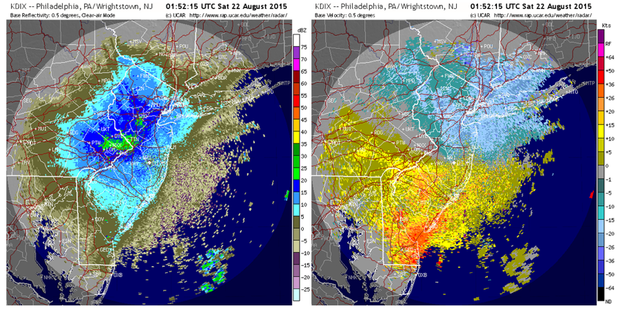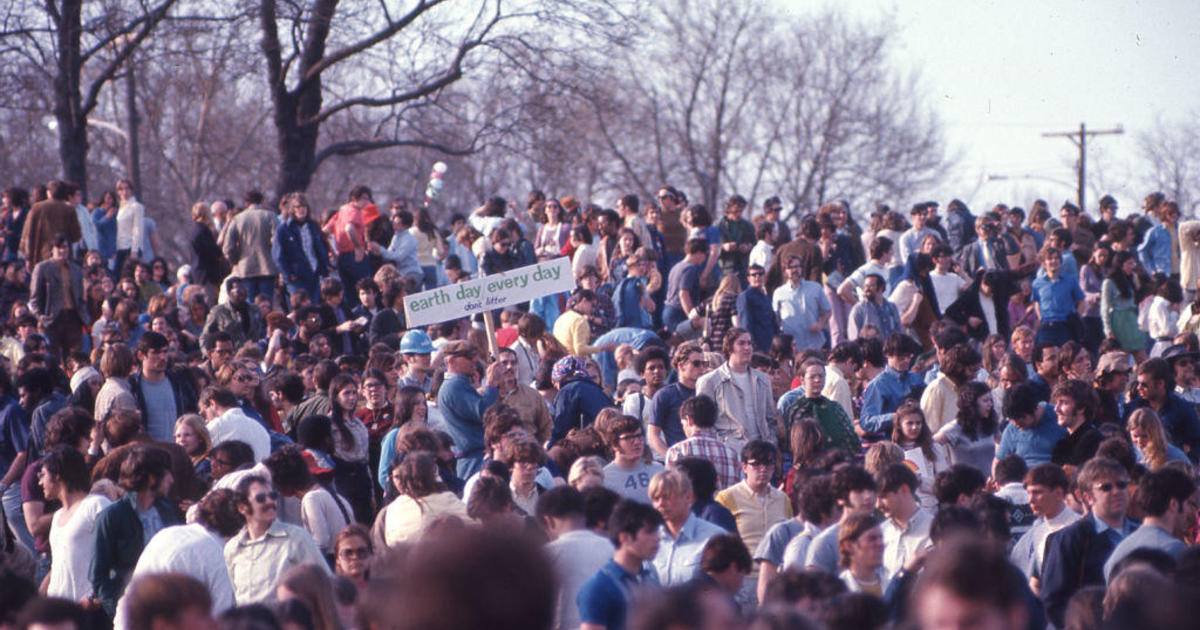Doppler Radar Shows Bird Migration
By Molly Daly
CAPE MAY, N.J. (CBS) --- Although it's still officially summer, fall migration is already well under way. Birders are using a valuable weather tool to track whether, and where, the birds are moving.
Cape May Bird Observatory Director David La Puma says the National Weather Service's Doppler radar system is a powerful tool.
"Not only does it detect the things that it was developed to detect, like precipitation, it also can detect insects, and birds, and even pollen in the atmosphere."
For birds, nighttime is the right time to migrate.
"Over 400 species migrate at night, and that includes things like some of our wading birds -- herons and egrets and shorebirds -- but most of our woodland species migrate at night."
You can see those avian commuters lift off by checking out local, regional, or national radar maps.
"We get this "blooming" effect during migration after sunset when the birds are getting up off the landscape, and they're getting picked up in the center first, and then they're getting picked up farther and farther away around the radar. So that's one of the first things we look for -- we're trying to determine whether there's migration or not."
La Puma says a night with northwest winds is ideal for fall migrant movement. Since birds can cover about 150 miles in a night, it's possible to estimate where they'll be come morning.
"I will make sure that I am checking the radar that night, usually an hour after sunset to see if that blooming is happening. And then I'll usually check a few hours later, to see the overall magnitude of it, and look at the winds, and look at the movement of the birds across the radar to say, 'Oh, yeah, these birds are really getting pushed to the coast' -- you can see a strong eastward movement, or maybe there are very light winds, and they're actually compensating for drift, and they're working their way down the western part of New Jersey. And I could say, if I want to really see some birds tomorrow, I should probably head out to some of the patches and parks that are along the Delaware River."
Of course, says the CMBO director, the best place to see birds is... Cape May.
"The reason why I'm here is because this is the best place to witness migration -- one of the best places in the world. And the absolute best place to witness fall migration. I would just encourage everyone to get here during the fall, starting now and going through the end of October. We will have our Hawk Watch, Sea Watch, Morning Flight Count, and Monarch Monitoring Project all going," La Puma says.
"Looking at the radar is great. I love looking at the radar -- I look at it every night, but being in the middle of it, and seeing the real thing, that's really the special thing. We can show that to you here."
For more information, check out the Cape May Bird Observatory's Website and Facebook page.




